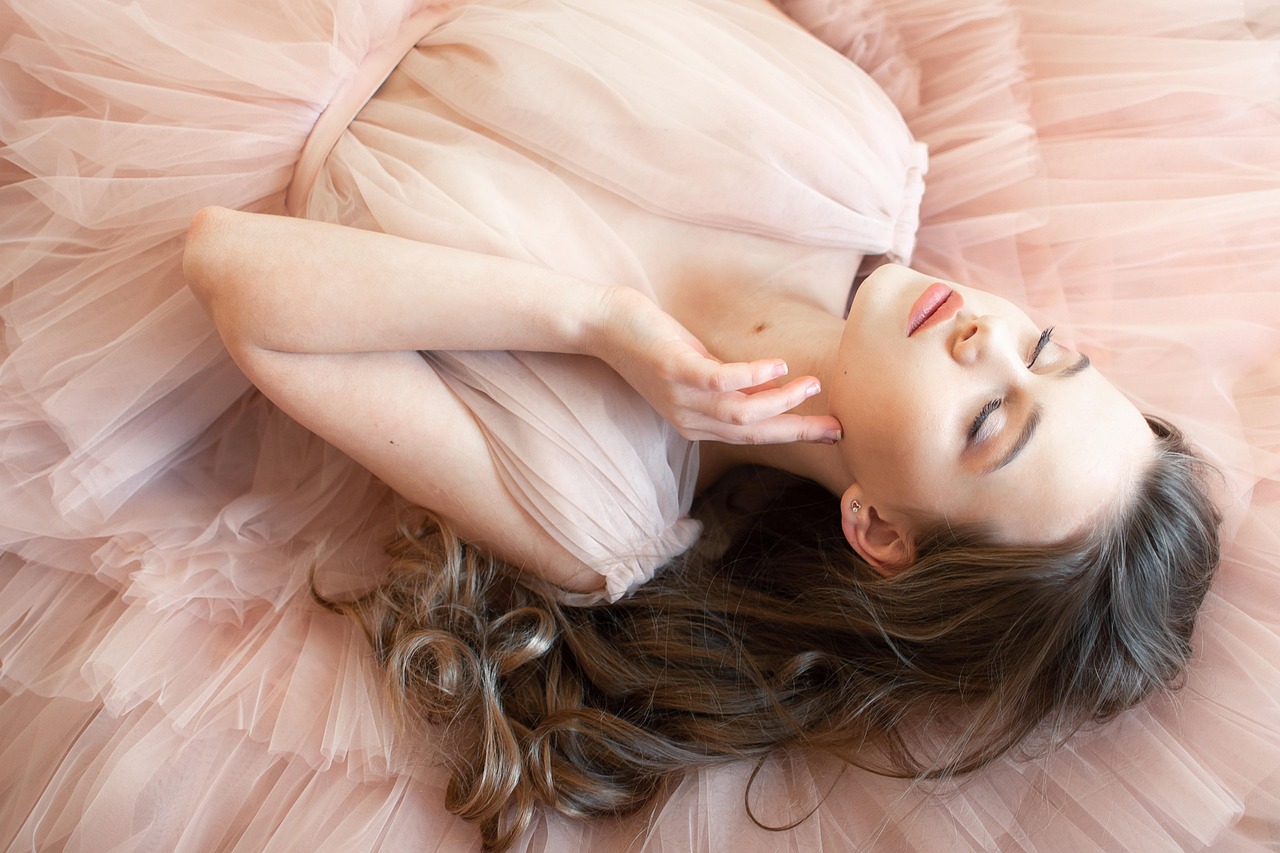
What Makes a Designer’s Collection Stand Out?
Introduction
Have you ever found yourself mesmerized by a designer’s collection? Maybe it was the sheer elegance of the fabric, the unexpected color combinations, or the innovative design that immediately captured your attention. But what exactly makes a designer’s collection stand out in the highly competitive world of fashion? Let’s dive deep into the elements that make these collections truly unique and memorable.
Understanding the Designer’s Vision
Every designer’s collection is built on their unique vision. This vision drives the entire creative process—from concept to execution. The core of a designer’s collection is not just about clothing but about a broader narrative that resonates with their audience. This is where personal style and creative freedom come into play.
Personal Style and Artistic Identity
A designer’s personal style and artistic identity are what breathe life into their collection. It’s not merely about creating clothes; it’s about expressing an individual’s creativity and worldview. The personal journey, experiences, and aesthetic choices of a designer often become the foundation for the entire collection. It’s this authenticity that connects the designer to their audience and sets their work apart from others.
Creative Freedom and Innovation
For a collection to truly stand out, it has to push boundaries. Designers who have the freedom to innovate, experiment with new ideas, and challenge the status quo are the ones who create truly memorable pieces. Whether it’s through unexpected combinations, materials, or styles, innovation is key to crafting a collection that isn’t just beautiful but also forward-thinking.
The Role of Fabric and Material Selection
No designer’s collection would be complete without an attention to detail in fabric and material selection. The texture, durability, and overall aesthetic of the materials used can make or break a collection. Whether it’s luxurious silks, innovative synthetics, or organic cottons, the choice of fabric plays a significant role in setting a designer’s work apart.
Quality vs. Quantity
When it comes to high-end fashion, quality always trumps quantity. Designer collections are often known for their meticulously chosen fabrics, which are sourced with care and precision. The feel of the fabric, its weight, and its performance are integral to the overall success of the piece. A well-made garment can elevate the entire collection, showcasing the designer’s commitment to excellence.
Material Innovation
In addition to traditional fabrics, material innovation is another key factor that makes a designer’s collection stand out. The use of cutting-edge fabrics or materials that were not commonly used in the past gives the collection an edge. Think of designers who experiment with materials like neoprene, laser-cut leather, or eco-friendly fabrics—these innovative choices often set a collection apart.
The Concept and Theme Behind the Collection
A designer’s collection is much more than a series of garments—it’s often a visual representation of a theme or concept. Designers take great care in creating a cohesive story that ties the collection together. This is where the narrative comes into play, transforming clothing into an experience.
Creating a Narrative through Fashion
Each designer’s collection has its own story to tell. This might be inspired by a personal experience, a cultural reference, or even a broader social or political theme. Through fabrics, silhouettes, and details, the designer weaves a narrative that engages their audience, making the collection not just an aesthetic journey but a deep, emotional one as well.

Cultural Influences and Inspirations
Fashion doesn’t exist in a vacuum. Designers often draw inspiration from a wide array of cultural influences—whether it’s the colors and patterns of a far-off country or the traditions of a specific region. These cultural elements not only enrich the collection but also imbue it with authenticity and relevance. The ability to connect with diverse cultural touchstones is a hallmark of a designer who understands the global language of fashion.
Unique Techniques and Craftsmanship
The craftsmanship involved in creating a designer’s collection is often what truly distinguishes it from the rest. High-end fashion is known for its intricate details and exquisite craftsmanship. Whether it’s the stitching, embroidery, or hand-finishing of a garment, these elements speak volumes about the designer’s skill and dedication.
Handmade vs. Mass Production
While mass production may be efficient, it lacks the level of artistry and attention to detail that handmade garments possess. Many designers embrace the art of handcrafting, ensuring each piece is unique and of the highest quality. This level of dedication to craftsmanship adds an extra layer of prestige to a collection.
The Importance of Exclusivity
What makes a designer’s collection even more desirable? Exclusivity. Limited edition runs, rare materials, and unique designs contribute to the perception of a collection as a luxury item. The more exclusive a collection feels, the more likely it is to garner attention and admiration from fashion enthusiasts.
Limited Runs and High Demand
Exclusivity drives demand. Designer collections that are produced in limited quantities often sell out quickly, further enhancing their allure. By making a collection scarce, designers create a sense of urgency and desirability, which contributes to its success and reputation in the fashion world.
Innovation in Design Elements
To truly stand out, a designer must innovate in their approach to design. This could involve experimenting with silhouettes, incorporating unexpected materials, or introducing new design techniques that are not commonly seen in the fashion industry.
Unique Silhouettes and Cuts
Breaking away from traditional patterns and shapes is a key part of making a collection stand out. Designers who create unique silhouettes—whether through exaggerated proportions, innovative draping, or bold cuts—are the ones who push the envelope in fashion. These designs capture attention and set the tone for future trends.
Distinctive Color Palettes
Color plays a pivotal role in fashion. A designer who masterfully combines colors that evoke emotion or convey a particular mood can create a memorable collection. Bold, contrasting colors can be used to make a statement, while softer hues might evoke a sense of calm or sophistication. The ability to use color strategically is a hallmark of a designer who knows how to engage their audience.
Collaborations and Partnerships
In today’s fashion landscape, collaborations are increasingly common. Designers partnering with celebrities, artists, or other brands can elevate their collections and broaden their appeal.
Working with Artists and Celebrities
High-profile collaborations help designers reach a larger, more diverse audience. When a well-known celebrity or artist is involved, it can infuse a collection with instant credibility and excitement. These partnerships often lead to limited-edition releases that create buzz within the fashion community.
Conclusion
In the end, what makes a designer’s collection stand out is a combination of factors—from the designer’s vision and craftsmanship to the materials, themes, and innovations they incorporate. It’s this attention to detail, creativity, and uniqueness that makes certain collections unforgettable. Whether it’s through the use of exclusive materials, bold color choices, or groundbreaking design techniques, a standout collection always leaves a lasting impression.
FAQs
- What is the most important factor in a designer’s collection? The most important factor is the designer’s unique vision, as it shapes the entire collection’s direction and appeal.
- How do limited editions affect a designer’s collection? Limited editions create exclusivity, making the collection more desirable and often driving higher demand.
- Why is craftsmanship crucial in high-end fashion? Craftsmanship ensures the quality and uniqueness of each piece, making the collection stand out from mass-produced fashion.
- How do cultural influences impact a designer’s collection? Cultural influences add depth and authenticity to a collection, often making it more relatable and globally relevant.
- What role does innovation play in a designer’s collection? Innovation in design techniques, materials, and concepts helps a collection stand out and sets new trends in fashion.



